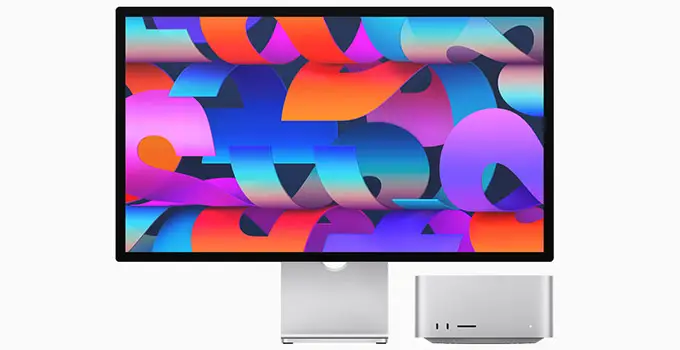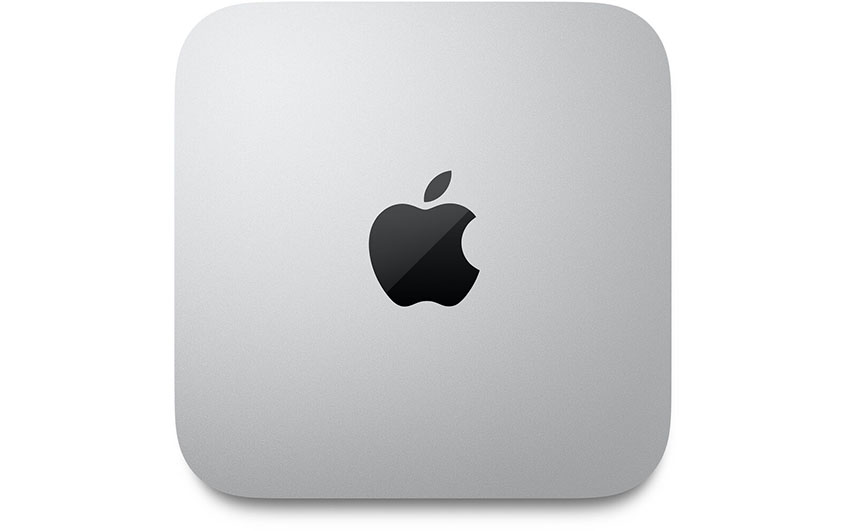While we continue to wait for the inevitable Apple Silicon version of the Mac Pro, video editors do have the impressive Mac Studio to work with. The Mac Studio is benchmarking at higher than the most recent Mac Pro, so if you need a computer today it’s the obvious choice. Plus, even if you wait, the new Pro will likely be prohibitively expensive.
If you are trying to figure out what configuration of Mac Studio to pick up Matt WhoisMatt Johnson has created a nice buyer’s guide. He gives two different options: best bang for buck and the extremely powerful beastly option. A bonus is going to cover a non-Mac Studio pick that’ll save you cash.
Before we even get started, you need to understand that even the “budget” Mac Studio is going to cost you. The base model runs $2,000 and while it is worth it, you should consider it an investment. Fortunately, the base model is the best bang for your buck.
This version is configured with:
- M1 Max with 10-core CPU, 24-core GPU, 16-core Neural Engine
- 512GB SSD
- 32GB unified memory
If you have some extra headroom in your budget you should upgrade to at least a 1TB SSD for another $200.
Apple’s base Mac Studio is the same chip as that in the recommended MacBook Pro for video editing. The performance may even be a touch better given the desktop design with better cooling.
You also don’t need to upgrade the GPU options as you are getting most of the power already. That extra cost isn’t going to give you much more since you already have the video encoders/decoders as that slight upgrade.
RAM is a better question since most people do recommend spending on memory where possible. Still, 32GB is substantial and even better than that is that it is unified RAM that is much more efficient than conventional computer setups. This means you are getting more already.
Best bang for your buck will run you around $2,200.

Image Credit: Apple
If you are looking to go for something even more serious you can get you should go for the following configuration:
- M1 Ultra with 20-core CPU, 48-core GPU, 32-core Neural Engine
- 64GB unified memory
- 1TB SSD
Bumping up to the base M1 Ultra brings you most of the benefits since it doubles up on the encoders and decoders. Going with the higher-end Ultra doesn’t get you any more than that, just more cores.
The price here is going to double up to $4,000. Part of that is because you will be forced to upgrade RAM and SSD from the base model along with the CPU.
Anything too far beyond this is going to cost a lot more for what you are getting. If you have the cash and want to future-proof, investing in more RAM and a larger SSD is something to consider.
Going for the 2TB with M1 Ultra is going to run you $4,400.
If you are on a budget and none of the above options are available to you there is still the M1 Mac mini to consider. If you are more of a beginner and only working with simpler 4K timelines (not pushing to things like raw or 6K and 8K) then the M1 Mac mini is going to surprise you.

Image Credit: Apple
This chip is certainly a bit more limited, with fewer cores and encoders/decoders, but performance is still very high for the price. Just make sure to upgrade the RAM at least to 16GB and definitely upgrade the SSD as much as you can.
Don’t forget that none of these computers come with a monitor. You’ll have to add that to your budget and find a decent one. We’ve covered a few monitors here on 4K Shooters that you can check out.
[source: Matt WhoisMatt Johnson]
Order Links:
Disclaimer: As an Amazon Associate partner and participant in B&H and Adorama Affiliate programmes, we earn a small comission from each purchase made through the affiliate links listed above at no additional cost to you.


